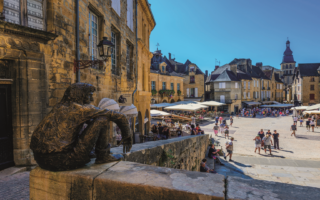Home Comforts in the Dordogne
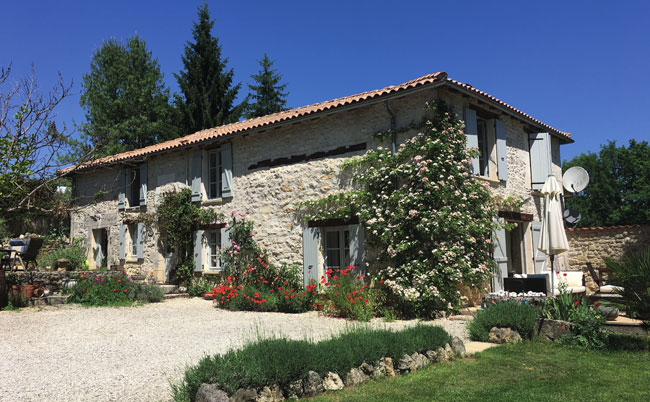

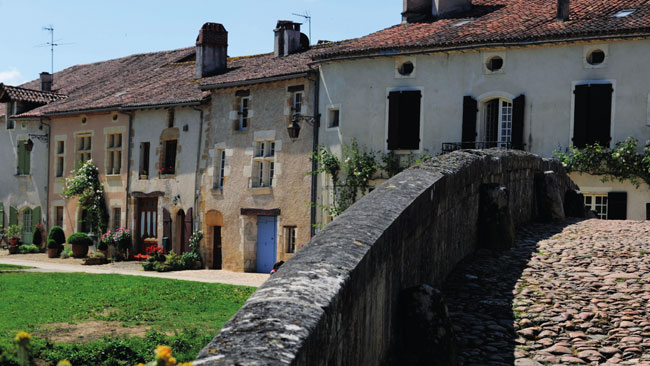
Picture-perfect stone houses line the banks of the river Côle in Saint-Jean-de-Côle, one of les plus beaux villages de France, near Brantôme
This oh-so-quiet corner of France with its lush countryside, bastides galore and cliff-face settlements is a real magnet for Brits who fall in love with its slow pace of life, gorgeous medieval stone houses and home-from-home feel, says Dominic Bliss
Thanks to the British love of the Dordogne, there’s a corner of southwest France that is forever England. But with its bastide towns, rolling green hills, verdant valleys, and food to die for, it couldn’t be more typically French, so don’t be put off when you hear it referred to as “Dordogneshire”!
The village of Eymet is the focus of this love affair. This medieval beauty is a hotspot for Britons seeking the good life in southwestern France. It’s estimated that as much as a sixth of the population here hails from the UK. There’s a pub, tearooms, a cricket club and an épicerie anglaise. You’re as likely to find Marmite and Yorkshire Tea stocked on the shelves of the food stores as you are croissants and cornichons. Some may throw their hands up in horror at this, but for others a bit of home comfort is just the ticket.
Of course, Dordogneshire is not a real place. It’s an English nickname this beautiful region acquired as its charms were gradually discovered by wealthy British expats and holidaymakers from the 1980s onwards.
The Dordogne is France’s third largest département (at 9,065 square kilometres). Yet it has a population of just 417,000, meaning that there are only 46 humans per square kilometre. So there are plenty of wide open spaces in which to enjoy the fresh air, good food and slower lifestyle. Added to the obvious attractions of the region for British expats is the Dordogne’s relatively mild climate. Summers never get too hot, and winters never too cold.
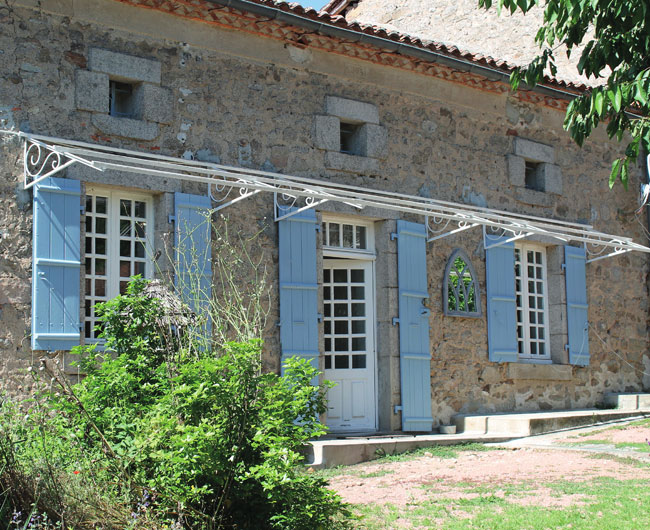
Aside from Eymet, there are hundreds of other beautiful villages and towns scattered across the Dordogne – you’ll find higher numbers of Brits in some than others. But each has its fair share of lovely, old, stone farmhouses ripe for conversion – or even better, with the conversion already complete and ready for you to move in.
There are as many as 300 bastide villages – fortified settlements, normally with a central church and market square, and defensive walls encircling them. Aside from Eymet, other head-turners to add to your house-hunting itinerary include Beaumont-du-Périgord, Beauregard-et-Bassac, Domme, Fonroque, Lalinde, Monestier, Monpazier, Puyguilhem, Saint-Aulaye-Puymangou, Saint-Barthélemyde-Bellegarde, Saint-Louis-en-l’Isle, Vergt, Villefranche-de-Lonchat and Villefranche-du-Périgord – all picturesque gems with delights aplenty for Brits looking to relocate. Dominating many of the finest towns in this region are château fortresses such as the ones at Beynac-et-Cazenac, Biron, Castelnaud-la-Chapelle, Jumilhac-le-Grand, Hautefort, Marquay and Villars.
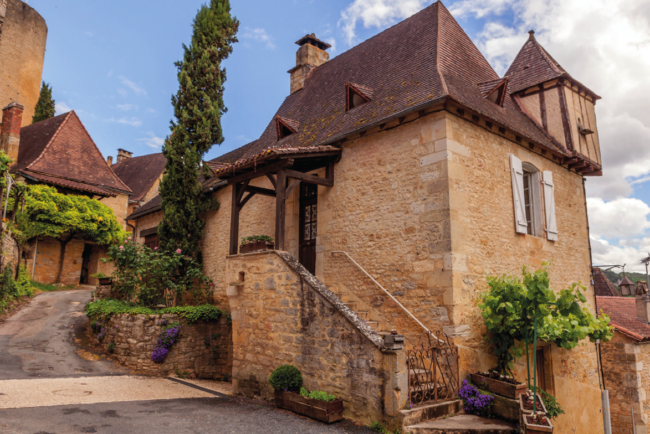
With its characterful stone properties, Castelnaud-la-Chapelle is a househunter’s dream
The département of Dordogne, which roughly covers the same area as the ancient province of Périgord, is part of the administrative region Nouvelle-Aquitaine. Rolling green hills and ravishing medieval towns, many dotted along the Dordogne River, make it a favourite among tourists looking to discover a real taste of rural French life. The airport at Bergerac is very convenient for UK flights. There are no big cities here: Périgueux, the biggest, has just 29,000 souls, but very happy ones thanks to their beautiful cathedral, the remains of a Roman amphitheatre (now a park), and the pretty River Isle.
The Dordogne’s top attractions
In this peaceful spot, attractions are plentiful but low-key. Explore its drop-dead gorgeous villages: Brantôme, the ‘Venice of Périgord’, is on the pilgrim trail, its cliffs sheltering eighth-century cave dwellings; old Roman town Périgueux has a glorious Byzantine cathedral; medieval Sarlat; and fortified Domme, with its underground grotte and ancient cave art. One of the area’s big draws is the replica of the Grotte de Lascaux, where you can see stunning copies of the original 17,000-year-old cave paintings. Also worthy of a mention is La Roque-Gageac, with its 12th-century troglodyte fort built into sheer cliffs, and ornamental hanging gardens. Wine buffs should head to Bergerac, where they can sample the region’s 13 appellations including Rosette and Monbazillac. Truffles are big here, too: the museum in Sorges – their self-proclaimed capital – is worth a visit. There are also oodles of outdoor activities from swimming, canoeing and cycling to hot-air ballooning.
PROPERTY TYPES IN THE DORDOGNE
The majority of rural houses across the Dordogne were built or rebuilt between 1750 and 1900, according to Christian Lassure, author of The Vernacular Architecture of Périgord and Higher Quercy in the 19th Century. They range from the tiny single-storey borderie cottages and the cottage-and-barn combinations known as métairies, to the two-storey farmhouses (with room for animals or wine storage on the lower level and living quarters above), and the more impressive landowners’ houses (maisons de maître). He describes the latter as “a house with symmetrical façade and central-entry plan, generally of two or three storeys, with agricultural buildings and lodgings for a tenant”.
PÉRIGOURDINE HOUSES
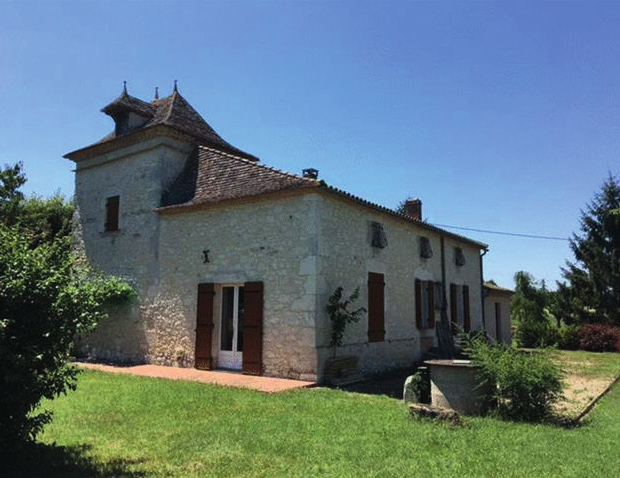
These stone properties have plenty of character features such as large fireplaces, wooden beams and shutters. Depending on the size and state of repair, their price tags range from €250,000 to €450,000.
BASTIDE TOWNHOUSES
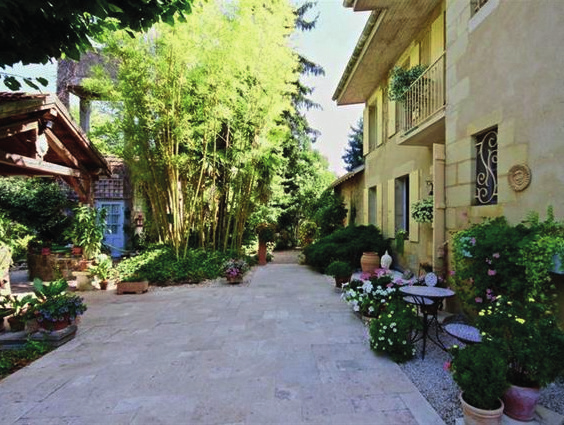
If you’re lucky, you’ll find a small village house (without a garden) for as little as €80,000. Restored townhouses in the more popular Dordogne villages command between €200,000 and €500,000.
HOLIDAY GÎTES
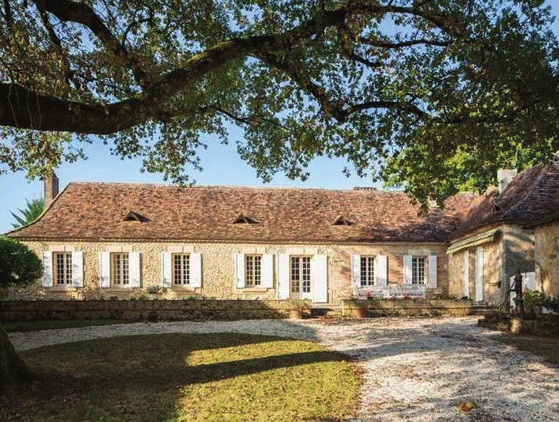
Many farm properties (with various outbuildings) have been converted into gîte rental businesses. Subject to the size, facilities and location, these cost between €400,000 and €800,000 to buy.
CHÂTEAUX
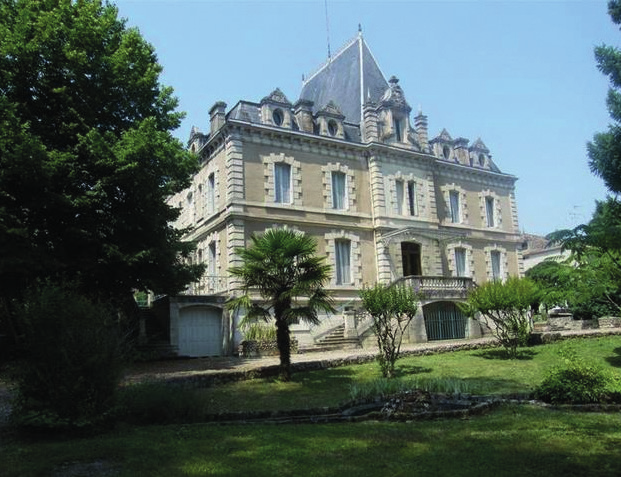
You can find some stunningly beautiful châteaux across the Dordogne. Unrestored, you might be lucky enough to pick one up for as little as €500,000, while the grander, converted properties can command eye-watering sums from €1m to €4m.
A REGION OF CONTRASTS
The Dordogne is divided into four separate areas – each with its own identity. The central region around the capital Périgueux, with its limestone plateaux, wide valleys, and meadows, is called Périgord Blanc (‘white’ for the limestone). In the southwest, around Bergerac where the major vineyards are located, the area is known as Périgord Pourpre (‘purple’ designates wine). Then there are the green river valleys, fields and forests of Périgord Vert, to the north and northwest, with the main town of Nontron. Finally there’s Périgord Noir, with its dark forests of oak and pine, surrounding the pretty commune of Sarlat-la-Canéda.
The British presence in this region is nothing new: Aquitaine used to be a British territory. During the Middle Ages the English and the French clashed on and off in this part of France. In 1453, the two sides fought what is considered the final battle of the Hundred Years War, just west of the Dordogne in Castillon-sur-Dordogne (now the Gironde village of Castillon-la-Bataille). The French may have triumphed then, routing the English decisively, but fast forward half a millennium and it looks like the tide is turning back in favour of the Anglo-Saxons. Now they have returned and are recapturing it, farmhouse by pretty farmhouse.
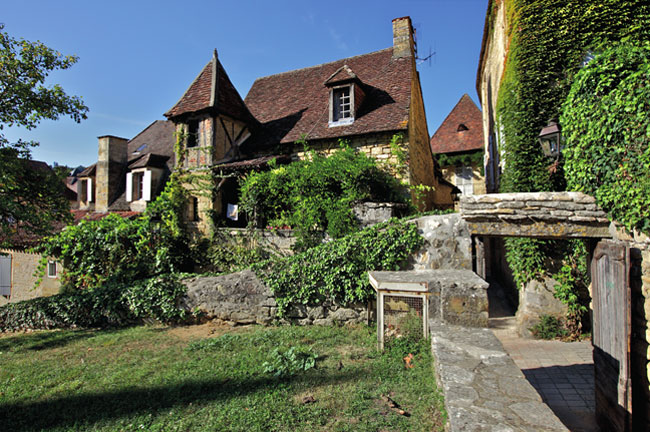
Many local estate agents are reporting what amounts to a mini-property boom, thanks to the enthusiasm of British buyers looking to gain a foothold (or EU nationality)
in France before the upheaval and uncertainties that next year’s Brexit could bring.
DORDOGNE FOOD AND DRINK
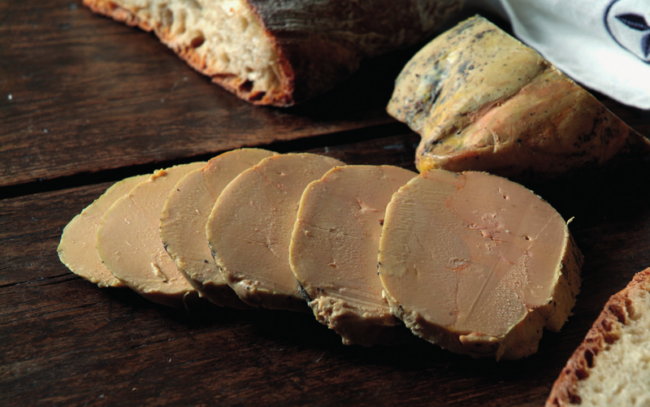
DUCK, GOOSE, FOIE GRAS AND WINE
Whether you approve or disapprove, you can’t deny that foie gras tastes absolutely wonderful. In the Dordogne, you’ll fi nd some of the fi nest in all of France. Everywhere you look you’ll see duck- or goose-themed signs off ering this delicacy for sale. Made from the engorged livers of force-fed ducks and geese, it comes tinned, frozen or fresh.
In fact, goose and duck take pride of place on any Dordogne menu. There’s magret de canard (duck breast), confi t de canard and confit d’oie (duck or goose legs, cooked in their juices), and cassoulet (bean stew with pork and duck). For meat, don’t miss the Quercy lamb, which roams the limestone plateaux and has a distinctive flavour thanks to the herbs it grazes on.
Other great regional specialities include the black Périgord truffl es, mushrooms (especially the gorgeous, earthy ceps), and walnuts (which grow abundantly and are consumed fresh, dried, as an oil, or as a very pleasant liqueur).
Dordogne’s most famous cheese is probably Rocamadour, a creamy number made from goat’s milk. Also try Trappe d’Echourgnac and Bleu des Causses.
Local wine production is centred on the town of Bergerac. It ranges from crisp, dry whites (Bergerac Sec) based on the Sauvignon Blanc grape; and the fullerbodied dry white Saussignac; to the often semi-dry Montravel, Côtes de Montravel and Haut-Montravel; or the superior red of Pécharmant. However, the Dordogne’s most famous wine of all must be Monbazillac, a dessert wine that is amber, nutty and sweet – and a perfect accompaniment to foie gras.
What about the economy?
The Dordogne is a rural département. The river that gave the region its name has been key to its economic development as a means to transport food and goods both inland and to Bordeaux ports and the Atlantic coast. As you’d expect, the region’s economy is based around agriculture – principally wine, Périgord truffles, foie gras, walnuts, strawberries and tobacco – and more recently tourism. With its gorgeous tranquil countryside and slow pace of life, this corner of France is a magnet for holidaymakers and many Brits relocating here buy B&Bs or gîte properties to make the most of this.
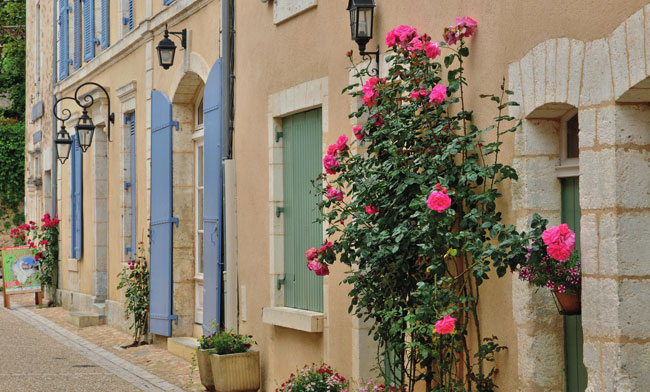
THE DORDOGNE PROPERTY MARKET
Jane Fraser-Bryan works at Guyenne Immobilier, in Eymet. “Overwhelmed isn’t the word,” she told Jon Henley of The Guardian newspaper. “We have people showing up with cash, itching to buy. Interest levels are maybe 20 times normal. Winters are usually so quiet here we shut for three weeks at Christmas. This time, we had three days off.”
Terrie Simpson, at Agence Eleonor, another property agent in the same village, has been similarly rushed off her feet by the sudden flood of British buyers. “It’s been mad, just mad,” she told Henley. “We’ve had people coming in saying: ‘We’re here for a week and by the time we leave, we’d like a house.’ They want to sort things out, get in, start qualifying for residency. They feel the clock’s ticking. There’s a deadline.” Deadline or not, fortunately there’s plenty of characterful property available, much of it built in the distinctive, grey stone of Périgord.

WHAT THE AGENTS SAY
Charlotte Campos is an estate agent at Arcad’Immo (www.arcadimmo.com) in Eymet. She says the range of property in the region is “wide and diverse”, and that prices are still reasonable and haven’t really increased since 2008. “For the moment, prices are stable. There’s sure to be a price increase in a few years’ time, but it’s impossible to say exactly when – even if property prices are cyclical. In my opinion, it will be at least five years before they rise. Then it will, no doubt, be classic stone houses that increase more than contemporary styles.”
Campos says there are lots of different architectural styles to choose from. “You’ll find farms, Périgourdine houses, maisons de maître, maisons bourgeoises, and modern and contemporary styles – as well as plots of land with fine views, where you could build your dream home.”
Although she is of course biased, Campos insists that Eymet is still the prime location to invest in. “Whether you plan to live here or just spend your holidays in the region, or even if you’re investing in a rental property (there’s a lot of demand for that and very little availability), Eymet is absolutely ideal,” she says. And if you need proof, consider this: “I myself have two rental homes here, and they are always occupied,” she adds.
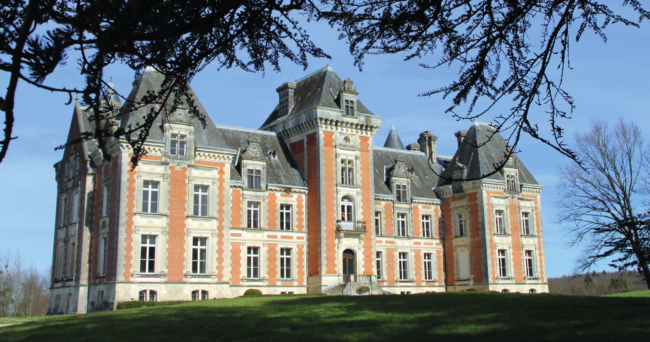
Why settle for a cottage when you could be living in this 50-room château near Périgueux? Once home to an adviser to Napoleon III, this late 19th-century manor house is positively packed with period frills
Browse properties for sale in Dordogne
If you would like some assistance discovering this or other areas of France and find out more about what the property market has to offer please don’t hesitate to give us a call at +44 (0) 1225 463752 or email us at [email protected].
If you can’t find what you’re looking for, or don’t have time to search yourself, FrenchEntrée has a dedicated Property Team to assist you in finding your dream property. Let us know what you are looking for and we will do our best to select properties matching your requirements.
FrenchEntrée offer a wide range of services designed to help you to buy a property in France. If you need a mortgage or advice on your international money transfer, FrenchEntrée is dedicated to assisting you through all the steps of your property purchase.
Share to: Facebook Twitter LinkedIn Email
Related Articles
By FrenchEntrée

Leave a reply
Your email address will not be published. Required fields are marked *


